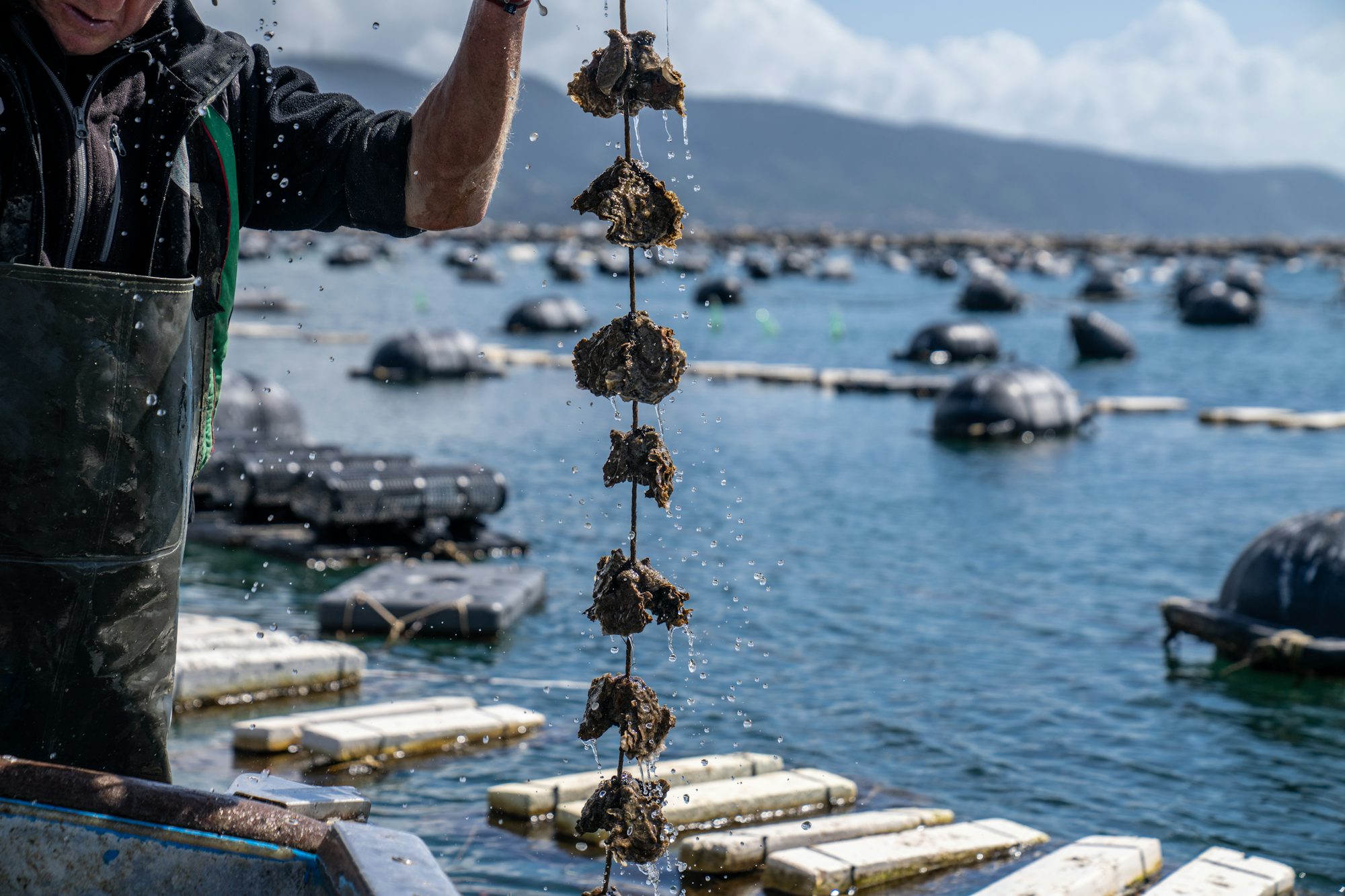
Exploring the Thrills of Trawling: Techniques and Best Practices
This article provides an in-depth look at trawling, covering its gardening techniques, equipment, and tips for successful fishing, making it ideal for both novice and experienced anglers.Understanding Trawling
At its core, trawling is about employing a net to capture fish as it is towed behind a boat. This method can be divided into several categories, including bottom trawling, midwater trawling, and more specialized forms like shrimp trawling. Each type of trawling targets specific species and requires different techniques and equipment.
Bottom Trawling
Bottom trawling involves dragging a net along the seafloor, making it effective for capturing species like cod, flatfish, and shrimp. This method is highly productive but can also be controversial due to its potential impact on marine ecosystems. The net is typically weighted to ensure it stays close to the seabed, where fish are most abundant.
Midwater Trawling
In contrast, midwater trawling targets fish that inhabit the water column, such as mackerel and herring. The nets used in this technique are designed to remain suspended in the water, allowing them to capture fish swimming at various depths. Midwater trawling is often considered more environmentally friendly than bottom trawling, as it minimizes habitat destruction.
Essential Equipment for Trawling
Successful trawling requires specialized equipment tailored to the type of fishing you plan to undertake. Here’s a breakdown of the key components:
1. Trawler Boat: The foundation of any trawling operation is the boat itself. Trawler boats are equipped with powerful engines and stable hulls designed to handle the stress of towing large nets. Depending on your fishing area, you might need a commercial-grade vessel for larger operations or a smaller, more agile boat for recreational use.
2. Trawl Net: The net is the most critical piece of equipment in trawling. It is typically made from durable materials like nylon or polyethylene and comes in various shapes and sizes, depending on the targeted species. The design of the net can significantly affect its efficiency, so understanding the specific requirements for your target fish is essential.
3. Trawl Doors: These devices are used to spread the net while it is being towed, ensuring it captures fish effectively. Trawl doors help maintain the net’s shape and create an opening that encourages fish to enter.
4. Buoys and Weights: Buoys are essential for keeping the net afloat and maintaining its position in the water column, while weights help ensure the net sinks to the appropriate depth. Proper buoyancy and weight distribution are crucial for effective trawling.
5. Sonar and GPS: Modern trawlers often utilize advanced technology like sonar and GPS to locate schools of fish. This technology enhances the efficiency of the fishing process, allowing anglers to target specific areas where fish are most likely to be found.
Best Practices for Trawling
1. Respect Local Regulations: Before heading out, familiarize yourself with local fishing regulations, including limits on catch size and protected species. Responsible fishing practices ensure the sustainability of fish populations and the overall health of marine ecosystems.
2. Monitor Environmental Impact: Trawling, particularly bottom trawling, can have significant impacts on marine habitats. Be mindful of your fishing practices and consider alternatives when possible. Engaging in sustainable fishing practices helps protect the environment for future generations.
3. Select the Right Location: Successful trawling begins with selecting the right location. Research fishing reports, talk to local fishermen, and consider factors like water temperature, currents, and tides. Understanding the behavior of your target species will enhance your chances of success.
4. Adjust Your Techniques: Depending on the species you are targeting, you may need to adjust your trawling techniques. Experimenting with different net designs, towing speeds, and depths can yield better results. Keep track of your catches and adapt your approach accordingly.
5. Safety First: Fishing can be unpredictable, so always prioritize safety. Ensure that your boat is well-equipped with life jackets, communication devices, and emergency supplies. Familiarize yourself with the waters you’re fishing in, and don’t hesitate to turn back if conditions become unsafe.
Tips for Recreational Trawlers
1. Start Small: If you’re new to trawling, consider starting with a smaller boat and simpler gear. This approach allows you to gain experience without becoming overwhelmed by the complexities of commercial trawling.
2. Learn from Others: Engaging with local fishing communities or joining fishing clubs can provide valuable insights and resources. Experienced trawlers can share tips and tricks that will enhance your skills and knowledge.
3. Experiment with Different Species: Don’t limit yourself to one type of fish. Trawling offers the opportunity to target various species, so try experimenting with different setups to see what works best. This versatility can make your fishing outings more enjoyable and rewarding.
4. Keep Detailed Records: Maintaining a log of your fishing trips, including locations, weather conditions, and species caught, can help you identify patterns and improve your fishing success over time.
5. Enjoy the Experience: Trawling can be both thrilling and relaxing. Take the time to enjoy the beauty of the ocean, the excitement of the catch, and the camaraderie of fishing with friends or family. Remember, fishing is as much about the journey as it is about the destination.
Conclusion
Trawling is an exciting fishing technique that offers a unique way to explore the underwater world and catch a variety of marine species. By understanding the different types of trawling, investing in the right equipment, and adhering to best practices, you can maximize your fishing success while promoting sustainable practices. Whether you’re a seasoned angler or a beginner, the thrill of trawling awaits. So grab your gear, head to the water, and embrace the adventure that trawling has to offer.